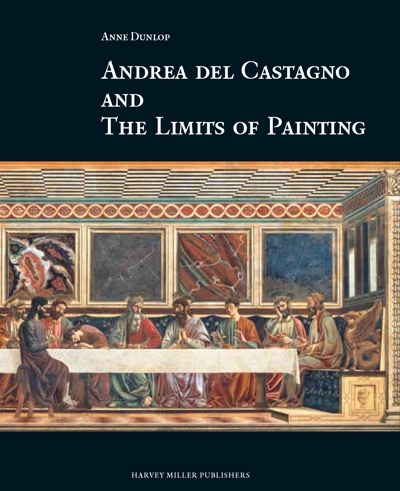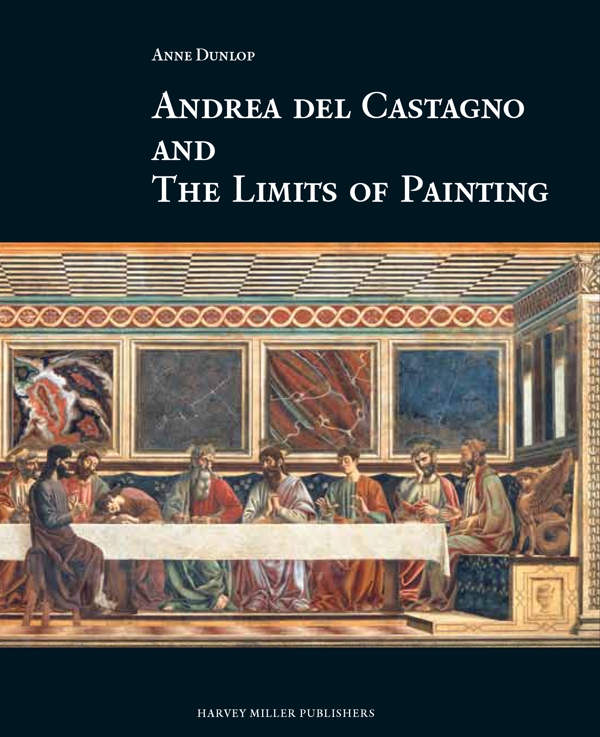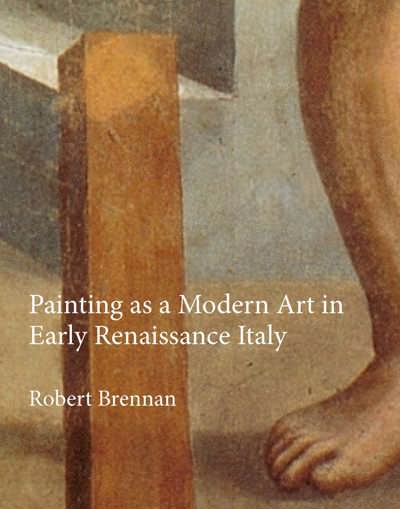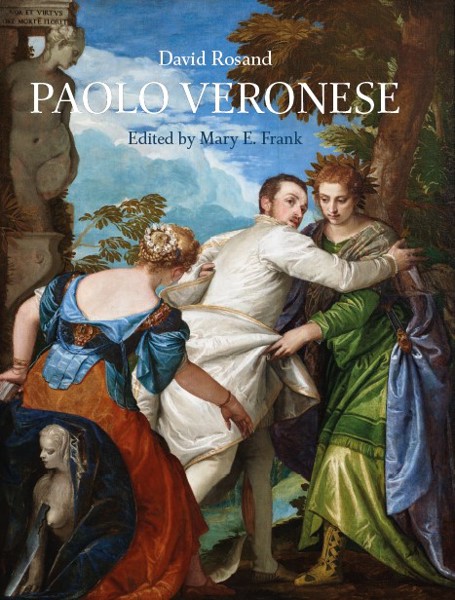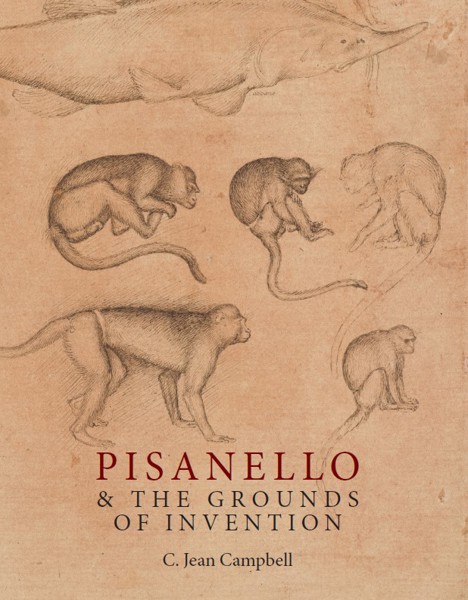
Andrea del Castagno and the Limits of Painting
Anne Dunlop
- Pages: 187 p.
- Size:220 x 280 mm
- Illustrations:2 b/w, 78 col.
- Language(s):English
- Publication Year:2015
- € 150,00 EXCL. VAT RETAIL PRICE
- ISBN: 978-1-909400-18-4
- Hardback
- Available
"(...) the volume does offer good production values, excellent illustrations, and a solid scholarly compendium. It thus best serves a specialized academic audience. Summing Up: Recommended. Graduate and research collections." (A.V. Coonin, in: Choice, Nov. 2015, Vol. 53, No. 3)
The Florentine painter Andrea del Castagno (c. 1419-1457) was a central figure of the Italian Renaissance, and his work appears in every major survey textbook on the period. Giorgio Vasari described him a master of drawing and a constant innovator. Vasari also however claimed that Andrea was a cold-blooded assassin, a man who left a self-portrait as Judas and who had murdered a fellow painter to obtain the secret of painting in oil. When Andrea del Castagno drew, he drew blood.
The story is untrue; the few documents on the artist suggest an uneventful life and a very successful short career. Yet Vasari’s tale is suggestive, and it serves as the starting point of this book, the first monograph study of Andrea del Castagno in more than three decades. Many of the painter's visual experiments were artistic dead-ends, seldom or never repeated, and they reveal the limits of a whole emerging visual system. This is painting that struggles to update old schemata for new antiquarian concerns and a new artistic order; natural, supernatural, and imaginary phenomena are all uneasily subject to the same norms of depiction and the same totalizing visibility. In a series of close analyses of key works, this book argues that Andrea del Castagno's art of creative disruption lays bare the problems and paradigms of early Western art. It is a limit case at the moment when the idea of art was itself coming into being.
